Hydrangea always attracts attention to the garden. It is impossible to pass by such a beautiful and lush shrub, without admiring them. Many gardeners give him preference not only because of the magnificent appearance, but also because of the ability of hydrangea to winter in the open soil. Putting such a shrub at home, you will admire lush flowering from the middle of the summer and almost until the autumn. Hydrangea fits perfectly into any country design, it will make your site with cozy and aesthetically looking. Many gardeners of Siberia admire Hingtonia only in the photo. And this is their big mistake. This shrub can be quite used even in such harsh conditions. After all, the air temperature in winter in Siberia is lowered below 30 degrees. The choice of the right grade of hydrangea and some trick care is the main topic of this article. We will try to dissuade the gardeners of Siberia in the fact that hydrangea is unsuitable for their climate.
Photo of hydrangea
Choosing the right grade of hydrangea for landing in Siberia
The success of your plan for the cultivation of hydrangea in climatic conditions of Siberia directly depends on the choice of the correct variety. Although most of the varieties of this shrub, Siberia's gardeners and to admire only in thoughts, there is a wonderful alternative - frost-resistant hydrangea varieties. Do not think that these varieties are just three pieces. For the Siberian climate, the varieties of the battle and tree hydrangea are ideal. Let's look at some of them.
Miscellaneous hydrangea varieties
- Hortensia Silver Dollar. A stunning hydrangea grade, reaching 2.5 meters in diameter, and the same height. Major pyramidal inflorescences of white color by autumn acquire a pinkish color. The shrub because of his impressive sizes, is most likely not suitable for small sites. Consider this factor when choosing a variety.
- Hydrangea Phantom. This variety is also distinguished by very long shoots. Shrub reaches 2 meters in height. A distinctive feature of this variety is one of the largest inflorescences among hydrangeas. They have a cream shade, which later changes to the light pink.
- Hydrangea Vanille Fraise. This shrub is slightly inferior in the height of the previous two - reaches 1.5 meters in height. The highlight of this variety is the ability of inflorescences to change colors. Initially, the flowers have gently creamy, creamy shade, then become piles, and at the very end of the flowering period - dark-red. Of course, such a feature of the hydrangea gives it only the pros, because your site will play with different colors at different times.
- Hydrangea Pinky Winky. This is another amazing hydrangea grade, which can be grown in Siberia. It grows from 1.5 to 2.4 meters in height. Big inflorescences cannot but please the eye not only with their size, but also in color. And she at the inflorescences of this variety is unusual. Over time, the base of the inflorescence begins to repose, and new white flowers appear on the top.
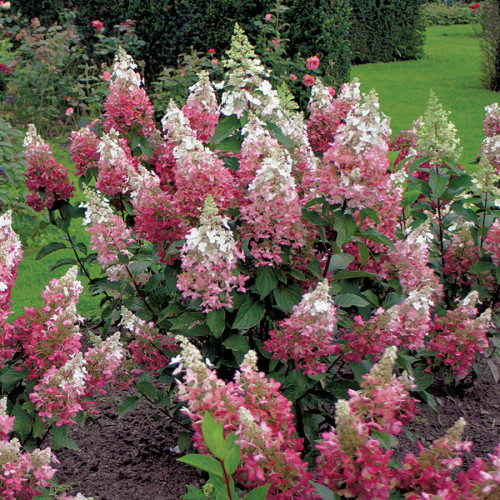
- Hydrangea Lime Light. This hydrangea grade also adapted to the harsh climatic conditions of Siberia. And it is the same as the previously described in the article grade, has an amazing ability to change the colors of inflorescences. The variety variety is obliged to the sort of inflorescence - at first they have a greenish color of Lyme, and then the light lemon color becomes light light.
Varieties of tree hydrangea
- Hydrangea Strong Annabell. This variety, though it requires constant spring trimming, will certainly please you with beautiful white flowers. They can reach in the diameter of as many as 30 cm! Even if you forget to cover Hydrangea for the winter, it will still stop new shoots in the spring.
- Grandiflora hydrangea. This is another grade of hydrangea, which is characterized by huge sizes. With proper care, it can grow to 2 meters in height and purchase a crown to 3 meters. Amazing white inflorescences cover shoots with dark green foliage, which looks very beautiful.
- Hydrangea Annabell. According to the reviews of flower water, this variety is considered one of the best among tree hydrangeas. What is the uniqueness of this shrub? The thing is that it grows very quickly, and the cream flowers have amazing symmetry. Of course, it immediately conquers, because A bush looks perfect.
- Invincibelle hydrangea. This hydrangea grade was derived from the previous variety. Begins to bloom at the beginning of the summer and pleases with its magnificent inflorescences before the onset of the first cold. It is distinguished by great stability and strong shoots.
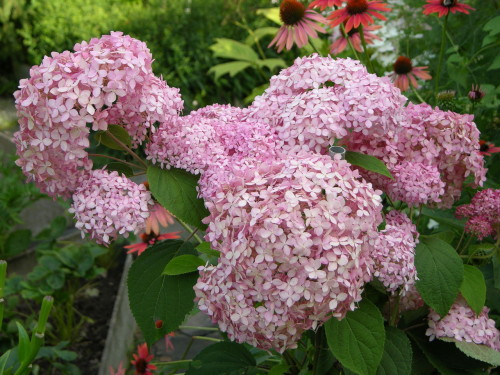
How to grow Hydrangea in Siberia
In order to grow hydrangea in Siberian climatic conditions, it is necessary to accurately represent the order and sequence of its actions. Let's consider in detail why you need to start and what you need to do so that such a chic shrub appeared on your site.
- Choose the right landing time. Plant Hingtones in Siberia is best in the spring when all frosts will be afraid. After a long winter and harsh frosts, the soil should hone well.
- Choose the right seedling. If you have already decided on the hydrangea variety, which you want to plant, now it is now important to give the quality of a seedling. Carefully inspect the land in which the roots of the plant are. In no case should he be reheated. Hydrangea demanding to moisture.
- Choose the right place to land. Having planted hydrangea, be sure to take into account its height and diameter of the crown, which the bush will acquire in the future. Hydrangea should not be closely. Choose a place protected from wind and drafts, for example, near a solid fence. Hydrangea loves good lighting, but not very meal. A better soil option for hydrangea will be weakly or medium acidic soil consisting of peat, sand, leaves.
- We prepare a pit for landing and planting a seedling. The hydrangea from a small seedling will very soon turn into a large bush. Therefore, a fertilous pit must be appropriate. If the seedling is small, it is quite suitable for a pit size of 50 * 50 cm, and if the sagenum is large - 80 * 80 cm. To determine the depth of the pit, you also need to focus on the size of the seedling, and in particular, on its root system. The depth can range from 40 to 60 cm. Approximately 12 hours before the landing of the dug hole need to spill a good water. Pour 2-3 buckets of water and give her to do in the ground. Next, we prepare the nutrient substrate for hydrangea. To do this, we take peat, humus, sand and fertile soil in the 2: 1: 1 ratio. This also adds various mineral and organic fertilizers (superphosphate, urea, sulfate potassium). With this mixture, fill the pit. Roots and Excess Hydrangea Slaps need to trim. We put a sapling in the pit, and so that it is better to root, shed additionally with water and sprinkle from above with leaves or cheese. Of course, such a young seedling needs to be assessed as carefully from the bright sun and wind. Then the hydrangea is definitely well rooted.
CARE FOR MORALESTOWING HYDENNIYA
Watering
Hydrangea is very unpretentious in leaving and does not require any difficult actions so that it blooms. This shrub loves water. Watch out for the state of the soil, it should always be wet. Sprinkle from above with leaves or sawdust justifice the soil, and thus you save moisture in the ground longer. If the bush doeshes, it can affect the quality of flowering.
Trimming
Hydrangea needs pruning. So, you can form a beautiful and lush bush of the right form. Here are a few rules of the cutting of hydrangea:
- trimming should be carried out in the spring when the kidneys have not yet awakened or in the fall;
- all the bleached inflorescences are to be removed;
- all shoots are cut off, leaving 3-5 kidneys. At the blurred hydrangea, the side shoots are cut off, leaving 2-3 kidneys;
- "Rejuvenate" bush - removing the branches before hemp, you will soon wait for new, young shoots.
Podchar
For the year spend about 4 feeding hydrangea by organic and mineral fertilizers. Liquid manure is remarkably suitable as organic fertilizer. But its quantity should be moderate, because He can harm. Mineral fertilizers for hydrangea can be easily bought at the finished form, where all components are perfectly balanced. Just add them to water when watering. Conduct feeding in early spring, during the appearance of buds, in the middle of summer, in front of the winter period.
Preparation for wintering
Although frost-resistant hydrangea varieties and are intended for growth in the harsh conditions of Siberia, you need to take care of their wintering. Without a man-organized insulation, the bush will not survive strong frosts. Overwhelmed, the thick layer of leaves and the laps will be perfectly created by insulation. From above, a bush can be arranged a frame and cover it with a film or slate. Snow, as you know, is a good natural insulation, so do not forget to hide the bush.
Methods of reproduction of hydrangea
Hydrangea, like any garden plant, has several breeding methods. Some of them are considered small and therefore not effective, and some are very widely applied in practice. So, hydrangea can be multiplied by the following ways:
- Reproduction seeds. This method is suitable only for "natural" hydrangea. Sorts derived by breeders, unfortunately, will lose their aesthetic properties. Seeds are planted in the containers, they do not need to deepen into the soil. Next, they need to be covered with polyethylene or glass. Watch out for soil moisture and ventilate. After 20 days, shoots will appear, which will need to be fused about 3 years, after which they can land them into open ground.
- Reproduction with cuttings. This is the most common way of reproduction of hydrangeas among gardeners. At the beginning of the bootonization period, we cut the fruitful shoots with 2-3 kidneys. It is better to do it in the early morning to keep in the stems of moisture. Sliced \u200b\u200bescape immediately put into the water and proceed to cutting cuttings. We divide the escape into several pieces with 2-3 pairs of leaves on each part. Bottom leaves remove, and the upper shocked. For several hours, such cuttings are desirable to put in a dark place in a corpsulatory solution. After that, the cuttings can be planted in a prepared and moistened earthy mixture. A month later, new leaves should appear.
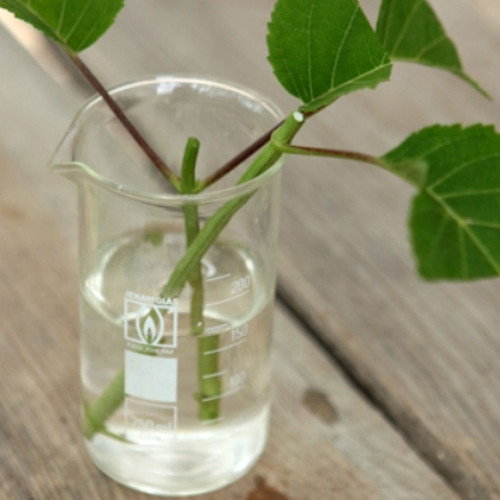
- Reproduction with tanks. To multiply a bush in this way, you need to clean the land in a bush and make special grooves. These grooves are putting down the lower shoots and pinch them with reservoir means (slingsters, brackets). It is best to do at the beginning of spring, and by the end of summer young shoots should appear.
- Reproduction of the division of the bush. It should be noted that this method is not suitable for the bulbous hydrangea. When transplanting the bush, separate the roots from the Earth Koma, divide into several parts and immediately planted into the prepared pits.
Diseases and pests of hydrangea
Fortunately, hydrangea is not too susceptible to diseases and their pests are not so often attacking them. But, if this happened, then you need to deal with the type of disease or determine the pest in order to know how to deal with it. Remember that hydrangea is an impressive shrub and he does not like when there is a lot of other landings. It can be added that about 90% of hydrangea diseases take their origin from poor-quality landing material. This often happens if you bought a sapling "from hand", from strangers. It is best to do this in specialized nurseries or shops. Let us consider in more detail some hydrangea diseases.
- Chlorosis. This disease occurs in hydrangea due to the lack of some substances, namely iron. You easily recognize this disease. The leaves begin to shut up, their streaks remain green. Gradually, the plant will weaken so much that the bush will become unrecognizable. For chlorosis prophylaxis, you should not water the hydrangea with water from under the tap, it is better to use resistant, soft water or rain. It is also useful to fertilize the plant with iron-containing drugs. If the plant is still ill, that is, special means aimed at solving this particular problem. There are compounds both for spraying the plant and for roots - during running cases.
- White rot. This disease refers to the category of fungal diseases of plants. It begins with root damage. If you do nothing, then hydrangea will die very soon, because It will not get nutrients through the amazed roots. This disease can be recognized by blackclosure, which are covered with white towels over time. Phytosporin is widely used for treatment.
- Gray rot. This disease is typical for many garden plants. It can be recognized on watery stems and leaves. They are formed black spots. If the weather is dry, these stains dry, forming holes. If the weather is wet, then the disease applies to the plant very quickly. Soothes and leaves are covered with "gray wool". The affected areas need to be quickly removed and process the plant with a purestone, foundazole.
- True malievous dew. This fungal disease in Hydrangees begins with the appearance of yellow-green spots, which gradually acquire clear forms and brown painting. From the inside of the leaves, violet raids appear, and the leaves disappear over time. For treatment, a spraying of various fungicides is used.
- Septoriasis. This hydrangea disease is characterized by the appearance of the spots of the wrong shape with a bright middle and brown edges. The disease can affect not only the leaves, but also young shoots. The infected plant has much less chance to transfer the wintering.
- Ring spot. This is one of the most common viral diseases that affects hydrangea. Flames begin to appear fuzzy rounded necrosis, stains, and the leaves become sluggish and wrinkled. Unfortunately, treatment is not subject to treatment.
Among the most common pests of hydrangea can be called snails This plant for them is real delicacy. Snails essay buds, shoots, leaves. They can even climb under the shelter of the wintering hydrangea and begin to "absorb her" with the first warm days of spring. Cobbled tick Also a lover of hydrangea. On the back of the sheet, with damage to this pest, you can see yellowish spots. Leaves breathe and disappear over time. Aphid It may also be a serious threat to the plant. In addition, it sues juice, depleting a plant, it can still carry viruses. Gallic nematodes - Some of those pests that are striking the roots of the plant. These are microscopic worms that multiply in the ground. You can also purchase a seedling with an already infected root system.
We wish you success with all the gardeners of Siberia, who wanted to realize their idea of \u200b\u200bgrowing a gorgeous shrub - hydrangea. A little patience, zeal, and this bush will definitely decorate your site.

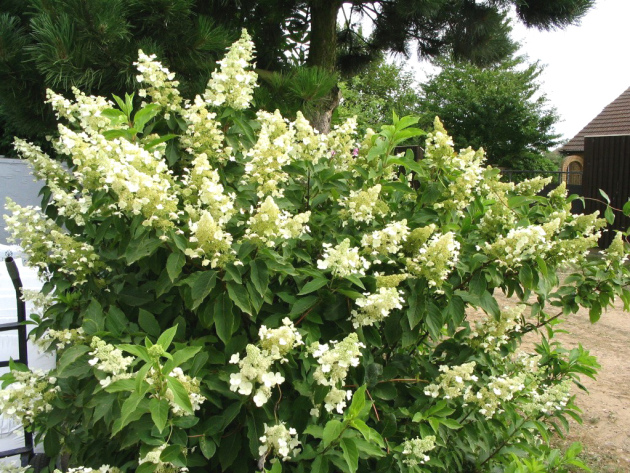
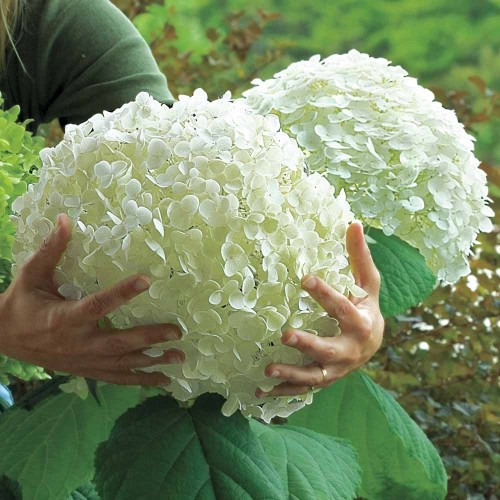
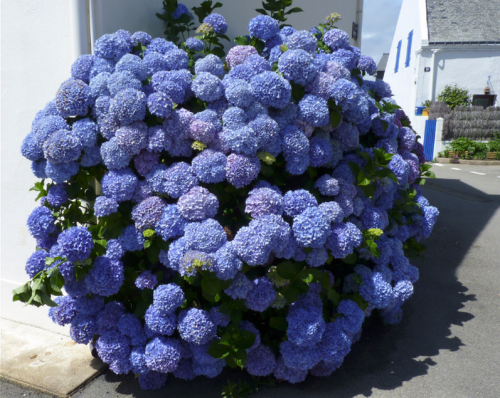
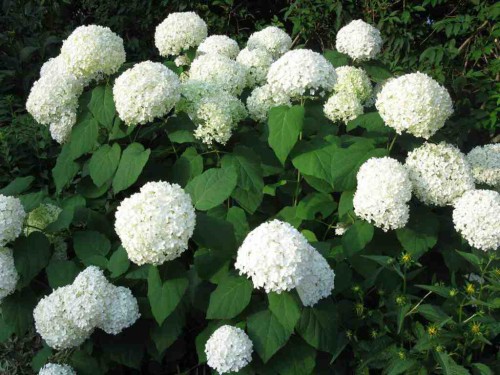

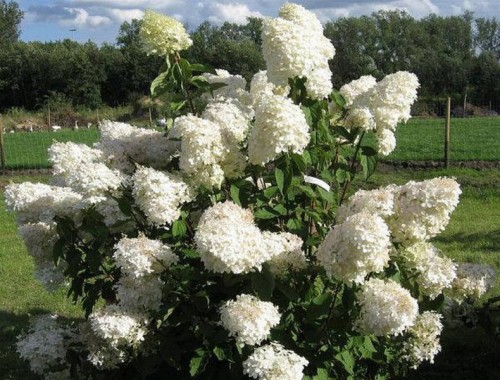
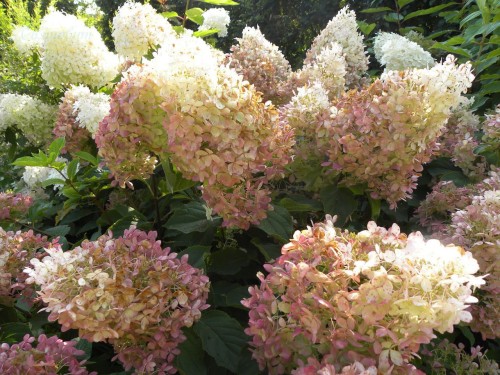
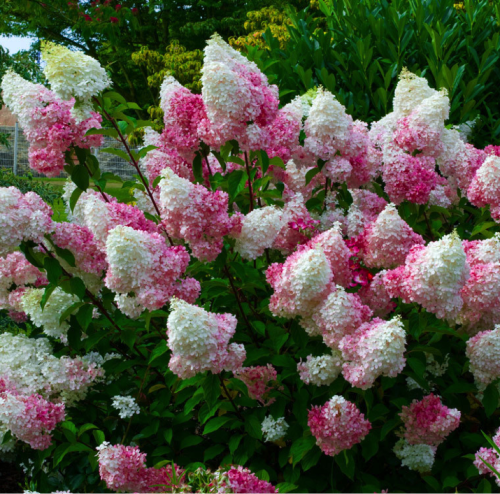
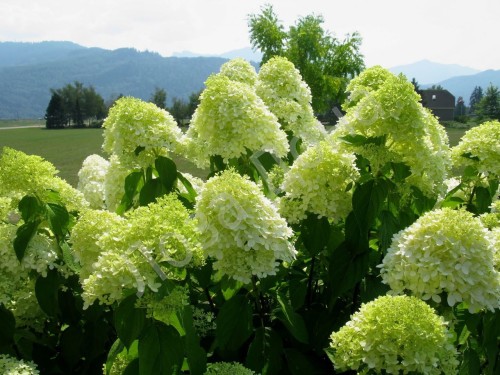
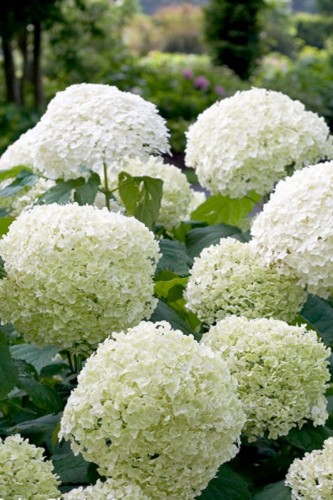
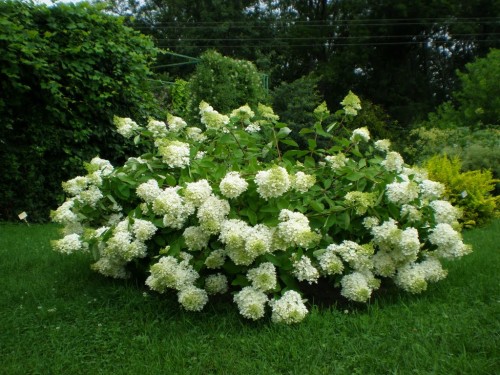
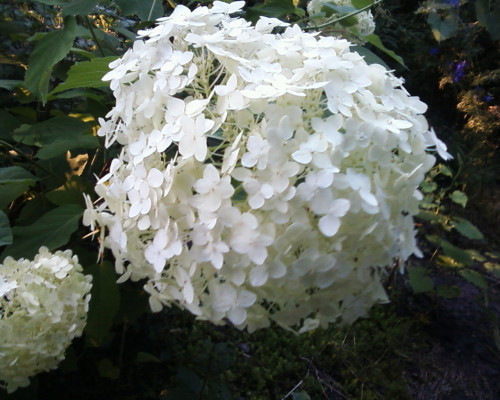
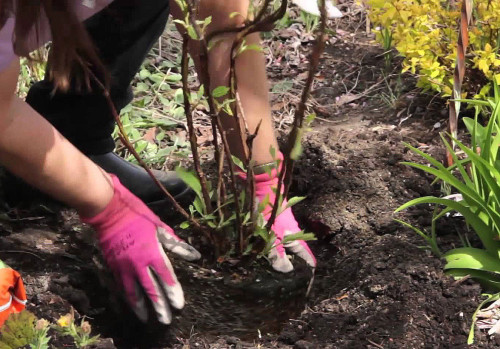
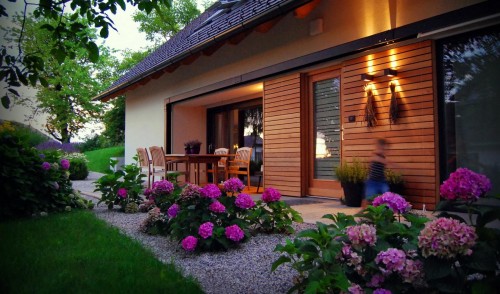
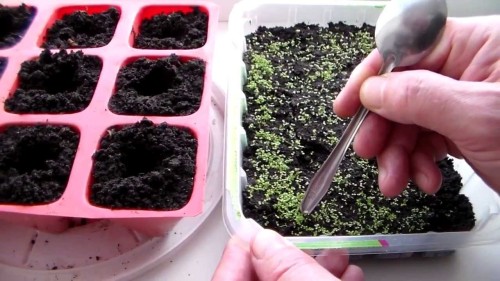












 Start a discussion ...
Start a discussion ...